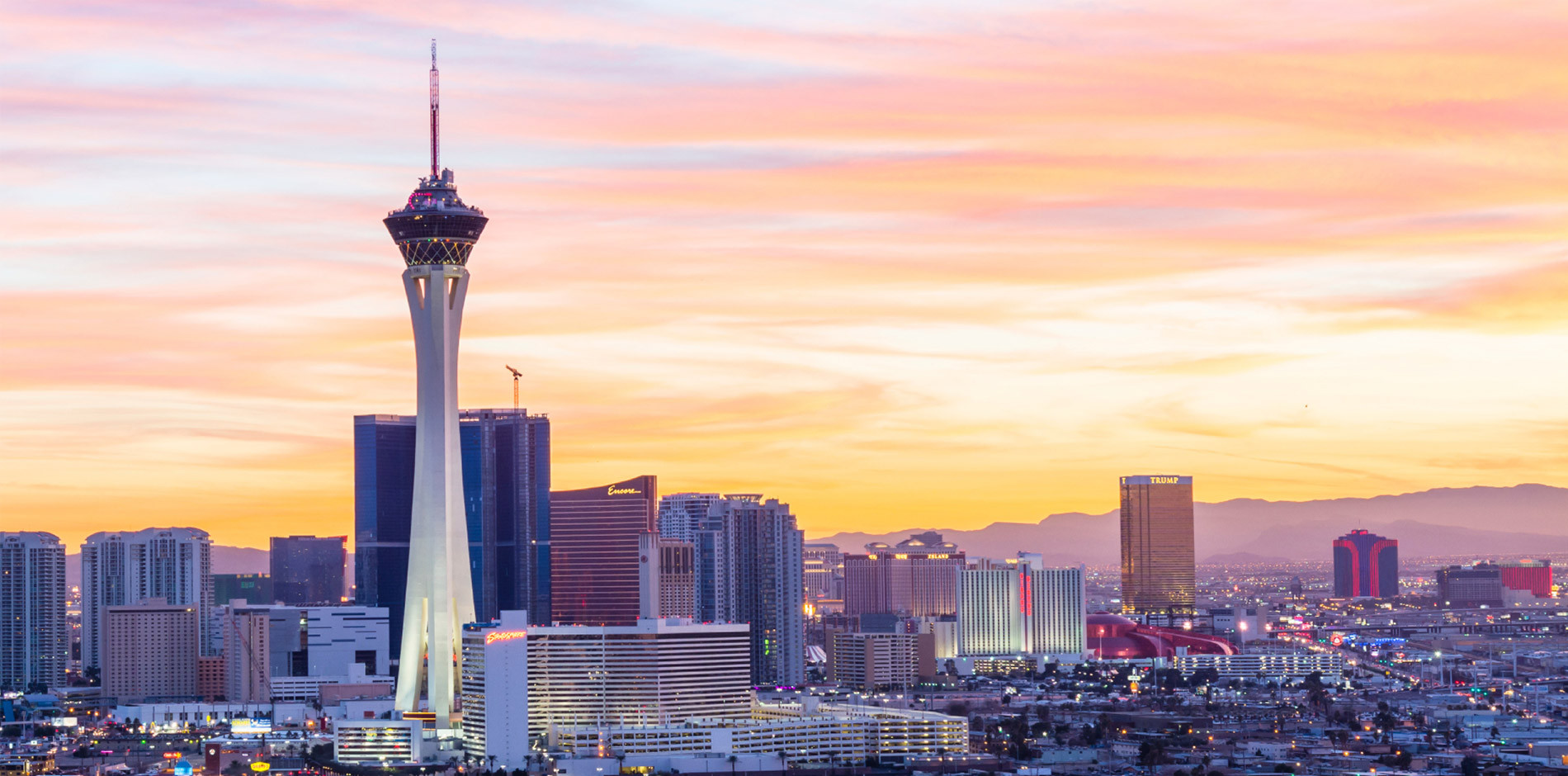Shawmut CEO Les Hiscoe, vice president of retail Greg Skalaski, and director of business development Jim Scarpone attended ICSC’s RECon in Las Vegas to hear what other experts predict for retail and the environments in which it operates. The five major takeaways they found provide some insight into both the geographic and structural shifts taking place in retail:
1. Urbanization of Big-Box Retail. With the migration of people back into cities—most notably gen-Zs and baby boomers—big-box retailers who are established in the suburbs have been challenged to find and leverage urban real estate to get in front of this growing demographic. One retailer who understood this shift is Target, opening small-format stores to grow its footprint in these densely-populated areas.
2. Repurposing the Right Way. Shopping center landlords are shifting how they repurpose available space in this changing retail climate. Former anchor retail spaces are being renovated—and sometimes parceled out—for fashion retailers like Primark, food halls, and entertainment brands such as Sky Zone or fitness studios to provide consumers with a full day of experiences.
3. Increasing Opportunity. Landlords and tenants are collaborating more to make deals that work for both parties, allowing brands to increase their brick-and-mortar presence. Previously wholesale and online-only brands, such as Hourglass Cosmetics, are taking advantage of these opportunities to get directly in front of consumers to tell their brand and product story.
4. Community Creation. Urban mixed-use developments are creating 360-degree communities for the growing city-dwelling population, providing retail, dining, entertainment, residences, office space, and fitness centers all in one place. Hudson Yards in New York City, Boston’s Seaport district, and Downtown LA are prime examples of communities where consumers can live, work, and play.
5. Retail’s Evolution. The importance of brick-and-mortar locations hasn’t diminished, however successful retailers are treating their spaces differently, often working with smaller footprints to create a personalized customer experience that also supports online. Brands like Bonobos and Nordstrom’s Local ensure that online and in-person experiences flow together, so much so that the customer doesn’t distinguish one from the other.
